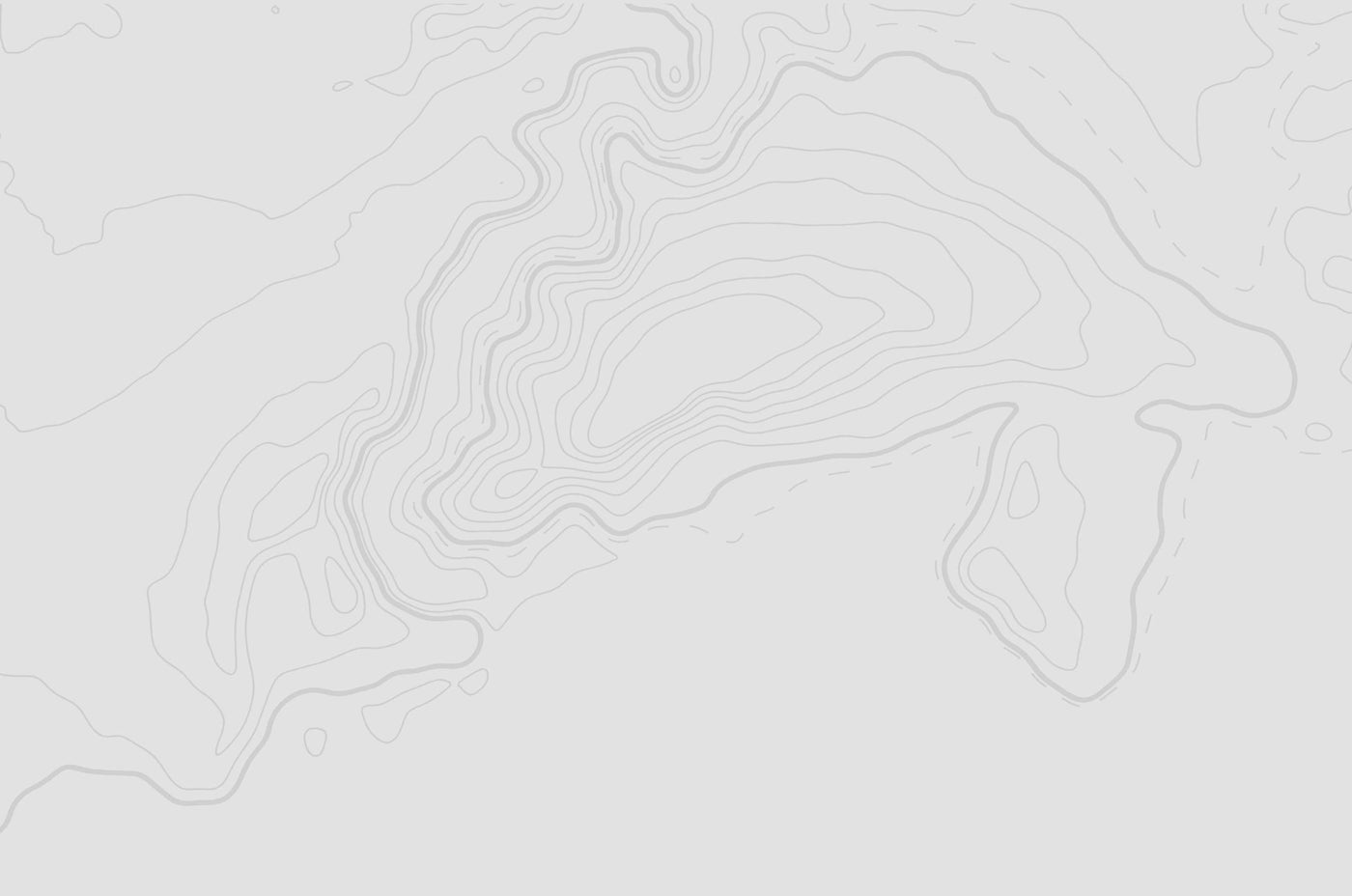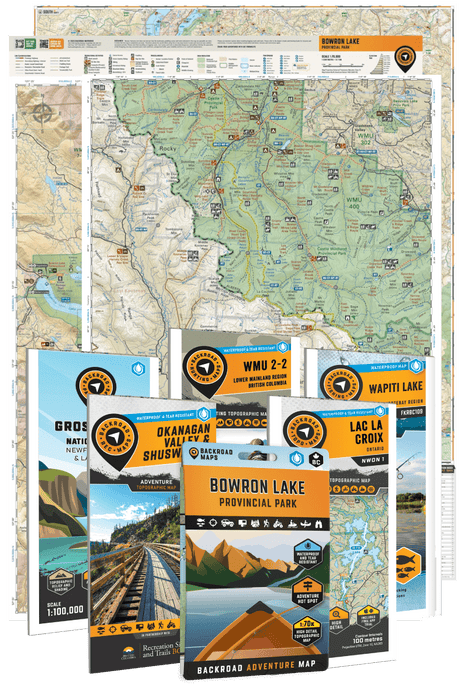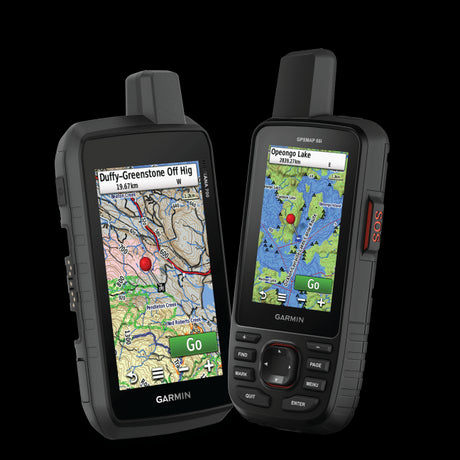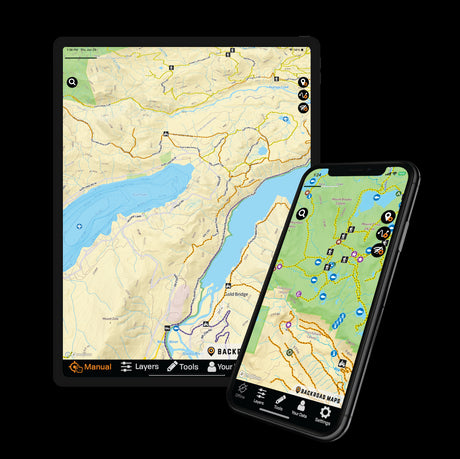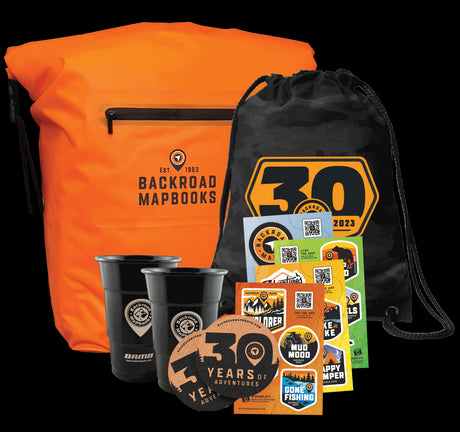It's no secret that Canada is full of amazing hunting opportunities. From the plentiful deer of the west coast to the legendary waterfowl of the prairies, the bears of the Ontario woods and the moose and caribou of Newfoundland, the hunt of a lifetime can be had no matter which part of the country you find yourself in. To celebrate all of the incredible hunting we get to enjoy here in Canada, we've put together a list of our favourite hunts from province to province. We're sure it will inspire you to grab your rifle or crossbow and head out into the backcountry!
British Columbia – Mule Deer
Mule deer are the most widely distributed deer in BC and can be found everywhere from valley bottoms to alpine slopes, coastal rainforests and dry interior grasslands. There are estimated to be between 20,000 and 25,000 mule deer in the province's northern regions, along with around 165,000 mulies in the province's interior. Mule deer are also the largest deer in BC, standing up to 1 metre tall at the shoulder and weighing an average of 80 kg (175 lb). Mulies can often be seen from your vehicle while exploring the province's many logging roads, but finding that trophy buck will require some scouting and hiking. Generally speaking, the more effort you put into your deer hunt, the bigger your rewards will be.

Photo via Shutterstock / Tom Tietz
On the province's coast, the smaller black-tail deer is more prevalent, although it is technically considered the same species as the mule deer. These deer are great swimmers and can be found on the many islands off the coast. One especially notable deer hunting destination in BC is Haida Gwaii, where the lack of natural predators has caused the black-tail deer population to sky rocket. Bag limits are very generous (15 per hunter) and you will have the pleasure of hunting in one of the country's most biologically diverse and stunning ecosystems.

Backroadmapbook Waterproof Maps - Haida Gwaii
Alberta - Bighorn Sheep
Bighorn sheep are not an easy animal to hunt, but for dedicated hunters they present some of the most exciting big game opportunities imaginable. And Alberta is one of the best places in the world to hunt these elusive animals, with the top four Boone & Crockett certified bighorns all bagged in the province. Sheep hunting takes a lot of legwork, first by scouting suitable terrain and then during the actual hunt. Bighorns hang out in rugged, hard-to-access areas in order to protect themselves from predators, and this means you will have to do the same. Areas like the Willmore Wilderness and the mountains along the David Thompson Highway are legendary among bighorn sheep hunters

Photo by Kevin Schenk
A good set of binoculars, a spotting scope and a lot of patience are crucial to a sheep hunt – you're going to spend a lot of time glassing in order to find that perfect ram. In the early morning and afternoon, sheep will likely be feeding, so focus on grassy areas. On a hot day, look for shade and rocky areas. Or, if you are lucky enough to be on a hunt after a fresh snowfall, searching for the animal's tracks will give you an invaluable advantage.

Backroadmapbook Central Alberta - Map38
Saskatchewan - Whitetail Deer
A combination of genetics and ideal habitat makes Saskatchewan one of the best places in the world to hunt whitetail deer. In fact, the world record whitetail was shot in Saskatchewan by a local farmer in 1993, featuring an inside spread of 69 cm (27 in). And with relatively mild winters occurring over the past few years, the deer population is at a high point. This is reflected in a longer open season in several Wildlife Management Zones (WMZs), as well as added antlerless hunting opportunities.

Image via cooksoutfitting.com
Generally speaking, you can find a decent buck just about anywhere in the province, although private property does restrict hunting opportunities. While some farmers are reluctant to give permission to hunters to use their land, there are plenty of community pastures and Crown land to explore. Aberdeen, Montrose, Borden and Laurel are just a few areas to try within easy driving distance of Saskatoon, and getting out into the forest is another option that is well worth exploring.

Backroadmapbook Saskatchewan - Map59
Manitoba - Duck
Manitoba is known as a duck hunting mecca, with a variety of unique duck hunting opportunities found throughout the province. Manitoba sits in the routes of the Central and Mississippi flyways, bringing huge numbers of migrating birds through the region each spring and fall. From bluebill ducks on the big water of Hudson Bay to canvasbacks in the province's abundant marshes and greenheads in the numerous pothole lakes that dot the prairie, duck hunting opportunities abound. Whether you find yourself in the Northern, Parkland, Western, Central Plains Pembina, Interlake or Eastern Region, the perfect duck hunting location is just a short drive away.

Image via huntfishmanitoba.ca/
The abundance of ducks in Manitoba is reflected with generous bag limits and, depending on the Game Bird Hunting Zone (GBHZ), the open season usually lasts from September through November. As with all waterfowl hunting, a successful duck hunt includes lots of decoys and some good camouflage. A good hunting dog, such as a spaniel, pointer or retriever, will not hurt your hunt either.
Ontario - Black Bear
Ontario boasts one of the highest black bear populations in North America, thanks to a landscape full of forests, lakes and natural food sources. These big creatures can reach up to 270 kg (600 lb) in weight and have a phenomenal sense of smell, making them a formidable quarry for any hunter. Depending on the hunter's preference, bear may be pursued by stalking or taken from a tree stand or ground blind.

Photo via Creative Commons
While black bears can be found throughout Ontario, the best hunting is found in the province's north. Around Rainy River, Fort Frances and Atikokan bears are found in concentrations of 40-60 per 100 sq. km, while around Kenora, Dryden, Ignace, Red Lake and Sioux Lookout there are approximately 20-40 bears per 100 sq. km. In most Wilderness Management Units (WMUs) the bear season begins on the 15th of August, with later opening dates on September 1st or 7th in others. As with much of Canada's big game hunting, non-residents are required to employ the services of a licensed outfitter.

Backroadmapbook Northwestern Ontario - Map62
Quebec - Ruffed Grouse
With nearly 50 percent of the province covered by forest and 92 percent of the land classified as public, there is a lot of area to hunt in Quebec, and ruffed grouse are one of the most exciting species to target. These medium sized birds are slightly smaller than a chicken, usually measuring 30-45 cm (12-18 in) in length. Male grouse are very territorial and claim a home range of a few acres, where they will find a fallen tree or rock mound to beat their wings on to impress hens and establish their dominance. Listen for this drumming as you walk through the forest – if you hear it, you'll know you are in grouse country.

Image via oodmag.com
A good place to base your grouse hunt is in one of Quebec's 13 wildlife reserves. Between the start of September and the end of December, most of these reserves have open seasons dedicated exclusively to small game hunting. The Laurentides, Rinouski, Mastigouche and Ashuapmushuan reserves are all great places to hunt for grouse.
New Brunswick - Woodcock
With a generous limit of eight birds per day and the largest concentration of woodcock on the continent, game bird hunters are in for a treat in New Brunswick. From the lowlands and river valleys to forests and farmer's fields, the province is full of prime woodcock habitat. As with most bird hunting, a good hunting dog will give you a big advantage while out in the field.

Image via bookyourhunt.com
Nova Scotia - Ring-Neck Pheasant
The ring-necked pheasant has a curious history in Nova Scotia, with the first attempted introduction of the species dating back to 1856. However, these efforts were not successful until 1935, when Fish and Game Association used local farmers' hens to hatch about 85 pheasants. From this initial stock, the population grew to support a harvest of 4,500 cocks in the 1950s, with numbers remaining stable into the present.

Image via Lyall Bouchard
Currently, pheasant hunters in Nova Scotia have a limit of two roosters per day. Generally, the open season begins after the autumn harvest, so many farmers are open to granting permission for hunting on their land. And while it is possible to walk up on one of these cagey birds, utilizing the skills of a good bird dog is an invaluable asset. And if you have a good day out in the field and get your limit early, there are normally plenty of ruffed grouse around.
Newfoundland and Labrador - Moose
While moose are not native to Newfoundland, having been introduced to the island in 1904, their population exploded throughout the 20th century, with an estimated 120,000+ of these ungulates currently residing in the province. The animals' healthy population is reflected with a generous quota issued by the government – close to 30,000 tags in total for the current hunting season.

Image via ganderriver.com
But while there are a lot of moose in Newfoundland, bagging one of these animals is not a gimme. You will need to brave the cold and wet Maritime autumn in search of the right opportunity, and competent marksmanship is a must. As with the caribou hunt, non-resident hunters will want to hire a local guide, but the expert knowledge that these professionals provide is well worth the price. Just seeing that bull moose plodding through the forest within shooting range is a thrill in itself.
Prince Edward Island - Canada Goose
Each September, around 75,000 Canada Geese cross the Gulf of St Lawrence and make a stop in Prince Edward Island on their way to their wintering grounds. The birds stage in the sheltered bays on the island's north coast and make trips inland to feed, taking advantage of PEI's famous potato harvest. The rich farmlands of the island are irresistible to these geese, who work up quite an appetite on their lengthy journey south.

Image via huntpei.com
For hunters, this creates some of the best waterfowl opportunities in Canada. A liberal daily bag limit of five geese reflects the abundance of these birds and places like the Cavendish region are legendary for their high yield of waterfowl. While a sudden change in wind or the unpredictable whims of a lead bird can leave you empty handed, the chances of bagging your limit are high, especially if you employ the services of a local outfitter.

Backroadmapbook Nova Scotia - Map58
Yukon - Bison
Bison were initially introduced to the Yukon in the 1980s and from an initial population of 170, these animals' numbers have grown to close 1,500. In order to manage this growing population, bison hunting is actively encouraged by the government. Bison tags are easy to get and there are both fall and winter hunting seasons.

Photo By Jannik Schou
Northwest Territories - Dall's Sheep
Dall's sheep are nimble and elusive creatures, often found on steep mountainsides where they feed on grasses and sedges out of the range of predators. Adult rams can weigh up to 100 kg (220 lb), and both rams and ewes sport a distinct pair of curved horns. In the Northwest Territories, most hunting for Dall's Sheep occurs in the Mackenzie Mountains, but there is also a concentration of the animals further north in the Richardson Mountains. The animals can often be found in groups of three to ten individuals.

Photo by Doug Lindstrand
A hunt for Dall's sheep usually consists of a helicopter flight into a basecamp, followed by a hike or horseback ride into sheep territory. The hunting season lasts from July 15th to October 31st, with a limit of one adult male sheep per hunter. And with the help of a local outfitter, your chances of success are quite high, provided you don't mind the grunt into these majestic animals' mountainous range.

Backroadmapbook GPS Maps - Northern Canada
Nunavut - Caribou
Nunavut is home to more than 750,000 caribou, with the barren-ground subspecies particularly prized among hunters. The Inuit have been harvesting these animals since the stone age, using the caribou not just for food but for clothing, shelter and tools as well. Caribou are migratory animals and are almost always on the move, with some herds travelling as far as 1,200 km (745 mi) from one seasonal pasture to the next.

Photo By webberslodges.com
Caribou can be found throughout the mainland in the Kivalliq and Kitikmeot regions as well as on Baffin Island, although a moratorium was placed on caribou hunting on the island in 2016. On the mainland, hunting remains good and there are numerous outfitters and local guides that can assure visitors a successful hunt. The communities of Arviat, Cambridge Bay, Gjoa Haven, Kimmirut, Repulse Bay and Whale Cove are all great places to base a caribou hunt from.

Backroadmapbook GPS Maps - Northern Canada

